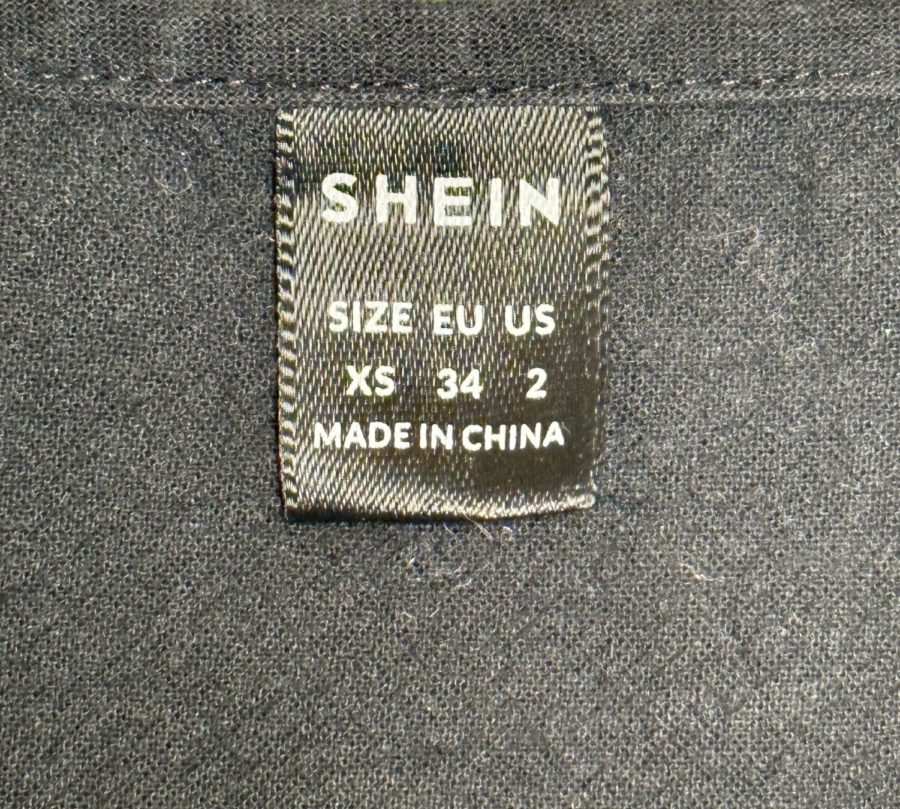Replacing fast fashion with sustainable options
Shein is an online fast fashion site that is known for their questionable work conditions.
With access to a surplus of clothing at the tip of eager customers’ fingers, now more than ever the number of avenues one can find trendy and affordable clothing is endless and, at times, daunting. It can be convenient to buy from online retailers that carry current microtrends, but at what cost will fashionability triumph over sustainability?
With many college students looking to satisfy their immediate needs, one-wear items can be more convenient in a short period of time. Grace Dodder, a freshman in marketing, is a price-conscious shopper.
“I try to buy clothes that I know I’ll wear more than once,” Dodder said. “Even if I’m wearing them for a specific event, I want to make sure that I’ll wear them again. Otherwise, it’s a waste of money.”
Shoppers like Dodder, who have longevity at the forefront of their values, are still susceptible to being drawn to the mass inventory and low prices provided by fast-fashion retailers such as Shein. Dodder wearily admits to buying from Shein due to low prices.
“I bought from Shein because of how cheap it was, but I did notice that just after two to three months, the clothes I bought weren’t even wearable,” Dodder said. “I could tell they were poor quality from the start.”
Although online fast-fashion retailers have an appealing amount of inventory, second-hand stores, like The Loft Resale, provide a large assortment of clothing categories. Spanning from warm knit sweaters for the fall and winter seasons to name-brand athleisure wear that will make you want to throw on a pair of tennis shoes and get active, resale stores carry something for almost everyone.
Loft Resale employee Deven Nielsen brings light to alternative means of buying clothes. Nielsen advises shoppers to shop second-hand, not just for ethical reasons but to improve one’s personal style as well.
“Going to Goodwill or Salvation Army are great places for upcycling purposes or for making really cool, sustainable fashion statements with unique pieces,” Nielsen said.
With such a wide variety of options to choose from, personalizing one’s wardrobe can reward shoppers with fashionability and sustainability.
Instead of buying that affordable top that will only reward you for a few wears, check out a local second-hand store and find inexpensive yet cute clothes that need a new home.
“I love that the clothing piece gets a second chance,” Nielsen said. “Someone loved it before; someone’s gonna love it again, and it feels so much better than just throwing it away.”
Your donation will support the student journalists of the Iowa State Daily. Your contribution will allow us to purchase equipment, send our student journalists to conferences and off-set their cost of living so they can continue to do best-in-the-nation work at the Iowa State Daily.











